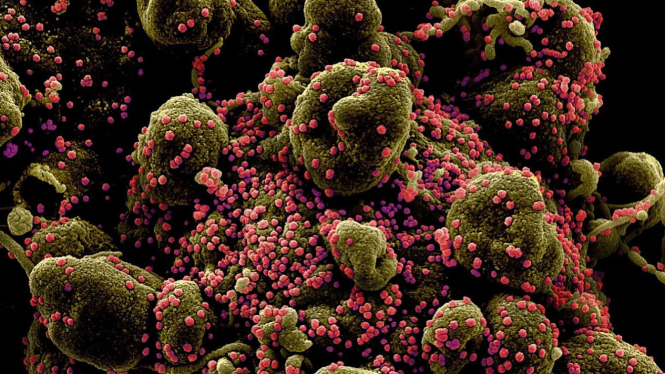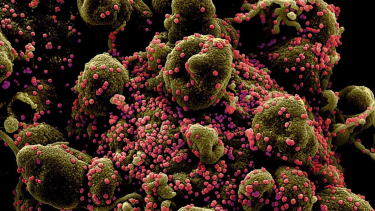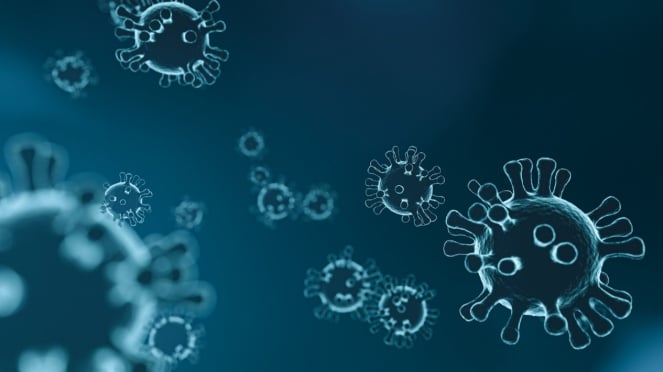- National Institute of Allergy and Infectious Diseases
VIVA – A University of Nebraska-Lincoln research team led by John DeLong, has discovered a bacterium that may be able to live by simply absorbing viruses, thus making it a 'virovor'. DeLong says that viruses are particularly 'tasty' because of their structure. So, there must be some organisms that learned how to eat them.
"They're made of really good stuff, nucleic acids, lots of nitrogen and phosphorus," DeLong said in an interview with the scientific journal, as quoted from Sputniknews site, on Wednesday, January 4, 2023.
"Everything should want to eat them… So many things will eat anything they can get a hold of. Surely something would have learned how to eat these really good raw materials." He added.
To test the hypothesis, DeLong and the team collected water samples from the street, isolated different microbes, and planted them with chloroviruses - the inhabitants of raw water that infect green algae.
Ilustrasi virus.
- Pixabay/geralt
After that it was seen, that with no other food source than virus, the infusoria Halteria population grew 15-fold in two days and the chlorovirus level in the water dropped by 100-fold. In control samples, where there was no virus, the Halteria population did not grow at all.
In the next experiment, the chlorovirus was dyed with a fluorescent dye and after a while, the infusoria also began to glow. This confirmed that it was feeding on viruses. Mathematical calculations of the ratio of Halteria growth to the chlorovirus decline also showed no significant distortions, further confirming the theory.
"I was calling up my co-authors: 'They grew! We did it! I'm thrilled to be able to see something so fundamental for the first time." DeLong said.
Soon, the team plans to trace this phenomenon in the wild, and investigate its impact on food chains and the evolutionary process.


























